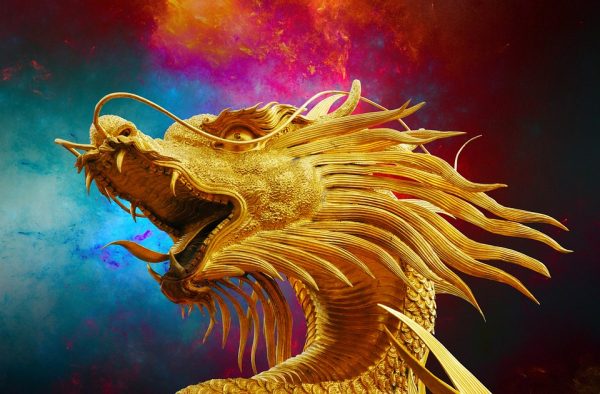
Dragons are among the most popular and enduring of the world’s mythological creatures.
Dragon tales are known in many cultures, from the Americas to Europe, and from India to China. They have a long and rich history in many forms and continue to populate our books, films and television shows.
It’s not clear when or where stories of dragons first emerged, but the huge, flying serpents were described at least as early as the age of the ancient Greeks and Sumerians. For much of history dragons were thought of as being like any other mythical animal: sometimes useful and protective, other times harmful and dangerous.
That changed when Christianity spread across the world; dragons took on a decidedly sinister interpretation and came to represent Satan. In medieval times, most people who heard anything about dragons knew them from the Bible, and it’s likely that most Christians at the time believed in the literal existence of dragons. After all, Leviathan — the massive monster described in detail in the Book of Job, chapter 41 — sounds like a dragon:
“Its back has rows of shields tightly sealed together; each is so close to the next that no air can pass between. They are joined fast to one another; they cling together and cannot be parted. Its snorting throws out flashes of light; its eyes are like the rays of dawn. Flames stream from its mouth; sparks of fire shoot out. Smoke pours from its nostrils as from a boiling pot over burning reeds. Its breath sets coals ablaze, and flames dart from its mouth.”
The belief in dragons was based not just in legend but also in hard evidence, or at least that’s what people thought, long ago. For millennia no one knew what to make of the giant bones that were occasionally unearthed around the globe, and dragons seemed a logical choice for people who had no knowledge of dinosaurs.


